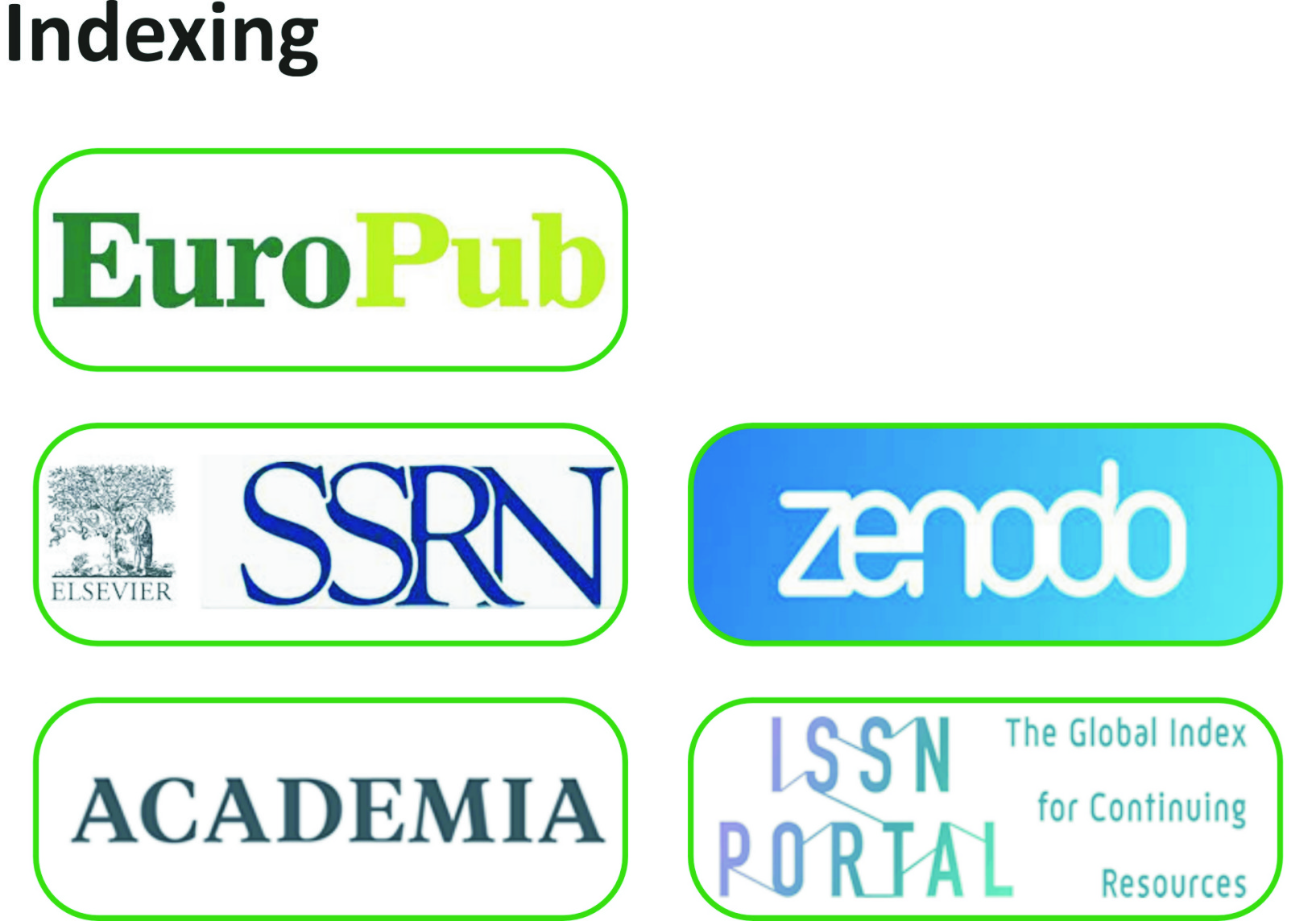Advancing Green Finance for Sustainable Development: Trends, Challenges, and Future Directions
Abstract
Green finance is a crucial driver of sustainable economic development through the inclusion of environmentally relevant considerations in financial decision-making. Green Bonds, ESG Investments and Climate Funds have started coming to the forefront because of talking points surrounding climate change and fear around depletion of resources. Nevertheless, despite their increased adoption, widespread implementation is hampered by issues such as high costs, regulatory inconsistencies and a lack of awareness. Your mission is to learn more about the challenges and trends identified to create effective policies that foster financial sustainability. The present study attempts to review the existing trends, issues and future direction of green finance in sustainable development. This is, specifically, examining the knowledge, adoption and perceived efficiency of green financial instruments and identifying significant obstacles and motivators to broaden their use. The studies aim to offer knowledge on the utilization of green finance by financial institutions, policymakers, and businesses to attain long-term sustainability strategy objectives. A structured survey was conducted with Interviewed 110 individuals from the banking, corporate finance, environmental organizations and academic sectors. This was a cross-sectional with a mixed-methods design, involving the collection of both quantitative and qualitative data for a holistic response. Inferential and descriptive statistical methods were employed to evaluate patterns of awareness, adoption rates, and obstacles encountered in green finance. A systematic literature review was also performed to augment the survey results and situate them in a larger context concerning the financial sustainability literature. The results show that there is increasing awareness of green finance, whilst the uptake of green finance is being limited by a variety of barriers. Around 47% of respondents said they had a fair understanding of green finance but only a small minority used green financial products. Top triggers determining green finance adoption were found to be governmental regulations (45%), climate change awareness (38%) and corporate sustainability efforts (35%). But the biggest obstacles pinpointed were lack of awareness (50%), high costs and financial risks (40%) and limited government support (35%). What incentives would help the most? Tax benefits (52%) and government subsidies (48%) have been named as the most efficient measures to increase adoption. The significance of this research highlights the importance of green finance for achieving sustainable development goals and also points to certain challenges that need to be solved to make green finance possible. The findings suggest that enhancing financial literacy, supportive policies such as the introduction of regulations, and improved regulatory framework need to focus towards strengthening up taking of green finance. There is a need for more case studies on successful green finance initiatives and long-term financial returns on sustainable investments. This needs concerted commitment from policymakers and financial institutions to create guidelines on green finance and develop new financial instruments to facilitate the transition to a more sustainable global economy.






